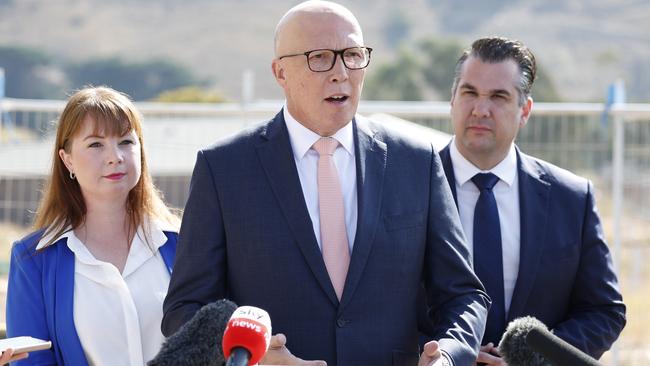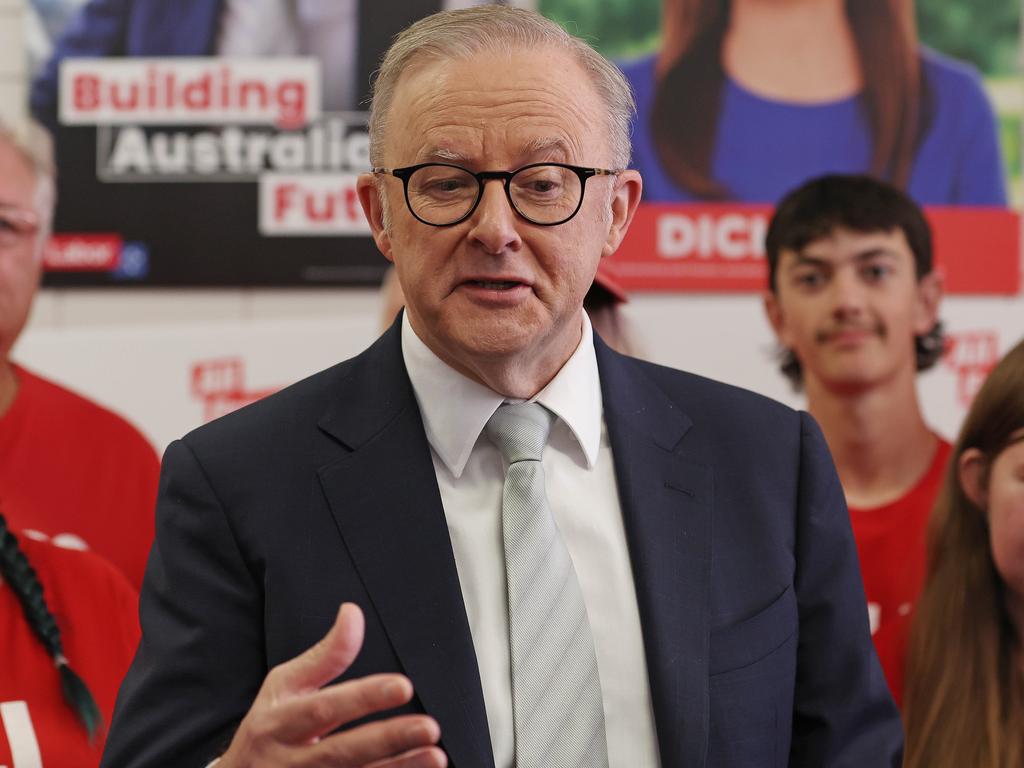Peter Dutton’s focus on mortgage belt fell flat
Analysis shows there was no statistically significant correlation between the swing in a seat and the share of its households that lived in a mortgaged home.

The Liberals’ cost-of-living message and targeting of the “mortgage belt” appears to have had negligible impact in the election campaign, with no statistically significant correlation between the swing in a seat and the share of households that lived in a mortgaged home.
Mortgage holders ultimately swung towards Labor the same as renters or people who own their home outright.
Mortgagors were naturally the most affected by interest rate rises during the first term of the Albanese government and those suburban “mortgage belt” areas were considered by the Coalition as fertile ground to pick up electorates.
This was reflected by where Peter Dutton chose to campaign. Of the 11 seats he visited three or more times in the campaign, seven – Pearce, McEwen, Hawke, Dickson, Aston, Tangney and Lyons – had a higher-than-average share of households living in mortgaged properties.
This message appears to have had no effect in those seats, which largely saw similar swings both in renter-heavy seats and heavily mortgaged seats.
The Australian used census data and matched those figures to the new electoral boundaries to conduct this analysis.
In the most heavily mortgaged seats in the country – Pearce in WA (55.4 per cent of households mortgaged), McEwen in Victoria (53.3 per cent), Holt in Melbourne (53.3 per cent), and La Trobe in Melbourne (52.9 per cent) – primary swings away from the Liberal Party were 1.4 points, no points, 4.3 points and five points.
Each of those seats received at least three visits from Mr Dutton during the election campaign.
It was a similar story in the most rented seats in the country – Melbourne (64.2 per cent), Sydney (60.3 per cent), Brisbane (53.5 per cent), and Macnamara in Melbourne (52.0 per cent) – primary swings away from the Liberal Party were 1.2 points, 2.1 points and 3.8 points, but it went up 1.2 points in Macnamara.
The strongest correlation to come out of the election was a continued shift of Labor support to well-educated, high migration, inner-city seats and weaker performance elsewhere.






To join the conversation, please log in. Don't have an account? Register
Join the conversation, you are commenting as Logout